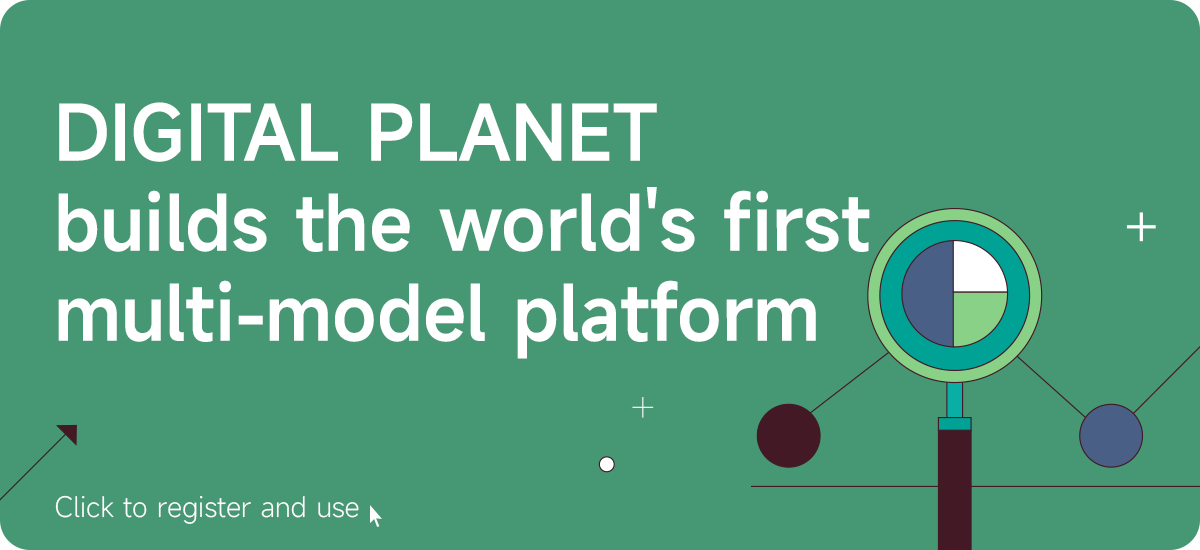Binance explores the evolution of Bitcoin
Although BTC remains firmly at the top of the list of popular cryptocurrencies by market capitalization, the sustainability of the Bitcoin ecosystem has long been a burning question. With block rewards halved every four years, miners have fewer incentives to protect the network, which could impact the network's security model. While Bitcoin has maintained its lead so far, how will it continue to do so in the future?
As ordinal numbers and inscriptions appear in early 2023, perhaps solutions to these problems will gradually emerge. Not only have we witnessed the rise of “Bitcoin NFTs,” but we’ve also witnessed a resurgence of the entire Bitcoin ecosystem, although not everyone is in favor of these innovations. As Bitcoin’s activity and new use cases increase, it’s significant to observe their impact.
Today, we will explore the next stage of Bitcoin’s evolution. We will discuss the current state of the Bitcoin ecosystem, including on-chain metrics and technology upgrades, as well as ordinal numbers and inscriptions. Please note: This article is adapted from a report published by Binance Research on April 1, 2023. Therefore, this blog does not cover numbers and data after that date.
Bitcoin matters
While smart contract platforms like Ethereum and BNB Chain continue to grab headlines, Bitcoin has clearly been leading the way in terms of market capitalization. Although BTC's market dominance has declined from 60%-70% in 2020 and 2021, the oldest cryptocurrency still accounts for most of the market.
The Bitcoin Layer 1 (L1) blockchain has relatively few smart contract features, so this dominance confirms the strong belief that long-term Bitcoin holders have in BTC. Because of the relative lack of infrastructure, it also suggests that users hold Bitcoin more for its original use as hard currency than for its non-monetary uses.
Although Bitcoin has undergone a certain degree of innovation, it is far less than the innovation carried out by smart contract giants such as Ethereum and BNB Chain. This is largely by design and due to the slow and cautious nature of the Bitcoin network, but it is an advantage for people who prefer Bitcoin as hard currency. Regardless, this is worrying for those who question the sustainability of Bitcoin’s security model.
Bitcoin incentivizes miners to secure the network through two economic resources: block rewards and transaction fees. Block rewards are halved approximately every four years and will eventually be reduced to zero. In this way, transaction fees, the security budget of the L1 blockchain, will eventually become the only compensation for miners. However, because Bitcoin has a limited use case (primarily for asset transfers), these fees have historically represented only a small portion of miners’ revenue and have been a long-term concern. Currently, Bitcoin’s annual security budget (block reward + transaction fee) is mainly composed of block rewards, which are halved every four years and will eventually be reduced to zero
In January this year, the Ordinals protocol was launched. Ordinal numbers allow burning arbitrary data (images, videos, text, etc.) on the Bitcoin blockchain to create "inscriptions", which are digital artworks similar to NFTs.
As of July 6, 2023, the total number of inscriptions has exceeded 15 million and is still growing rapidly. The change brought Bitcoin activity to a new level and increased interest in projects built around the Bitcoin network. Not only were the Bitcoin mempool, transaction fees, and block sizes affected, but the perception of Bitcoin was also transformed. Existing projects are gaining traction, while new developers are rushing into the ecosystem. There is a sudden surge in fundamental demand for Bitcoin block space.
Bitcoin network recent news
We will briefly examine two key points: on-chain metrics and technology upgrades. Although we only discuss them in general terms, it will help us explore the evolution of Bitcoin.
On-chain indicators
While 2021 was quite impressive, with the number of daily transactions reaching a high of over 300,000, 2022 was more modest, with the number of daily transactions fluctuating around the 250,000 mark for most of the year. This trend has changed recently as the number of daily transactions once again rose to over 300,000 in 2023.
Similar to the number of daily transactions in Bitcoin, the daily active addresses of Bitcoin have fallen sharply from the high in 2021 (the peak is about 1.2 million). In 2022, Bitcoin's daily active addresses fluctuated at the 900,000 mark. This year, Bitcoin's daily active addresses increased slightly and are currently about 1 million.
Technology upgrade
In the past six years, Bitcoin has experienced two major upgrades: the Segregated Witness (SegWit) upgrade in 2017 and the Taproot upgrade in 2021.
SegWit is a soft fork of Bitcoin in 2017. SegWit divides Bitcoin's transaction structure into two parts: transaction data and witness data. The weight of witness data is only 25% of the weight of transaction data. This way, it becomes easier and cheaper to store information in the transaction’s witness data. Essentially, SegWit enables a significant increase in the maximum size of Bitcoin blocks.
Taproot is a soft fork conducted in 2021 that includes three distinct Bitcoin Improvement Proposals (BIPs): BIP 340, BIP 341, and BIP 342. Each proposal increases the privacy, scalability, and composability of blockchain. The Taproot upgrade brings two main results, one is to allow advanced scripting in the witness part of the block, and the other is to eliminate the data restriction between the witness and transaction parts.
数҈字҈星҈球҈͏









